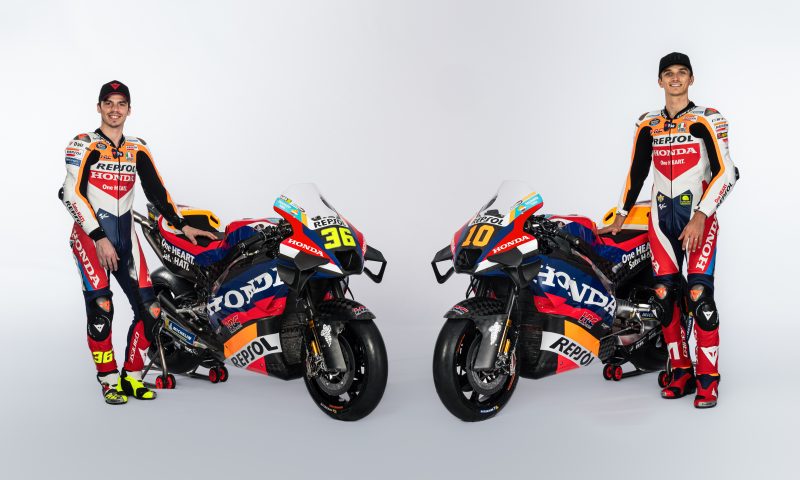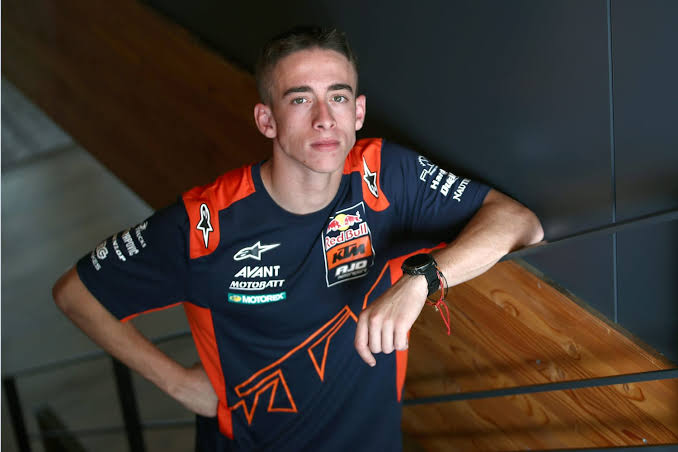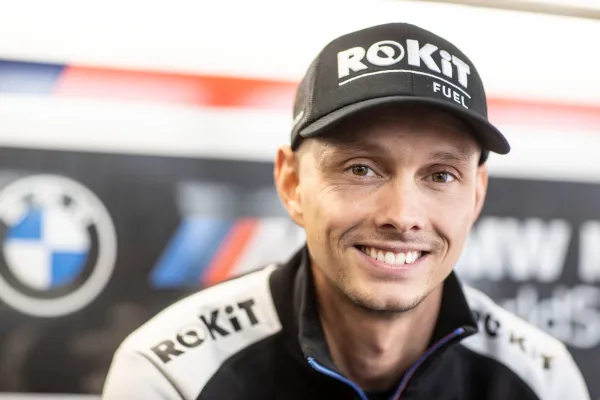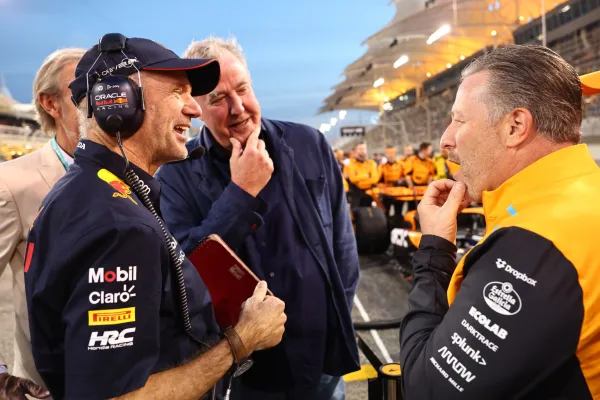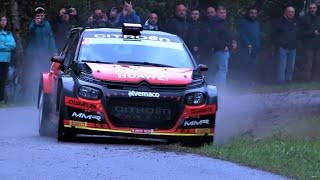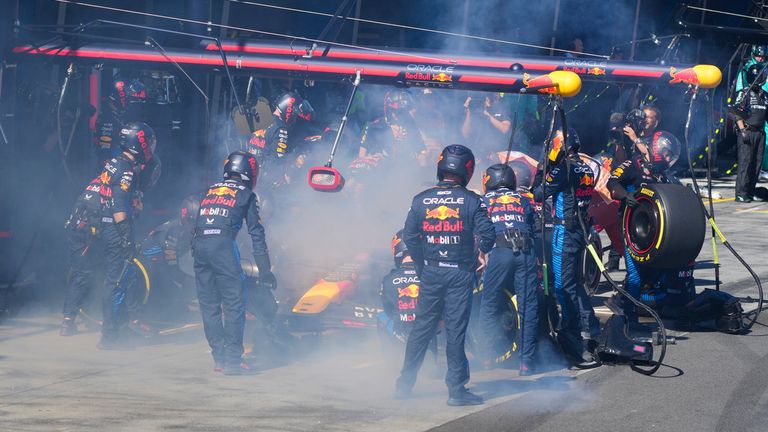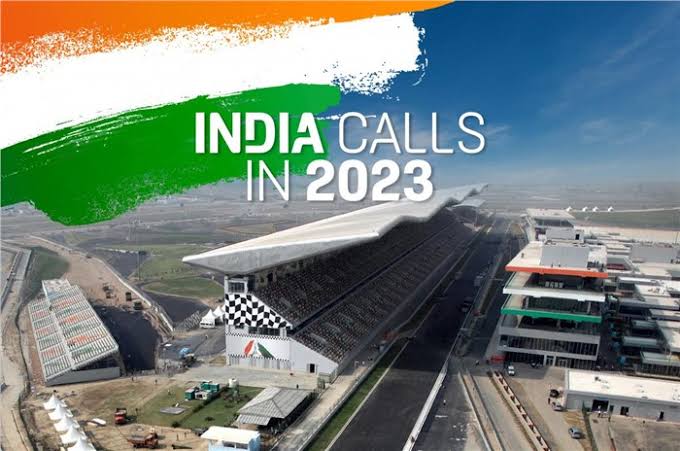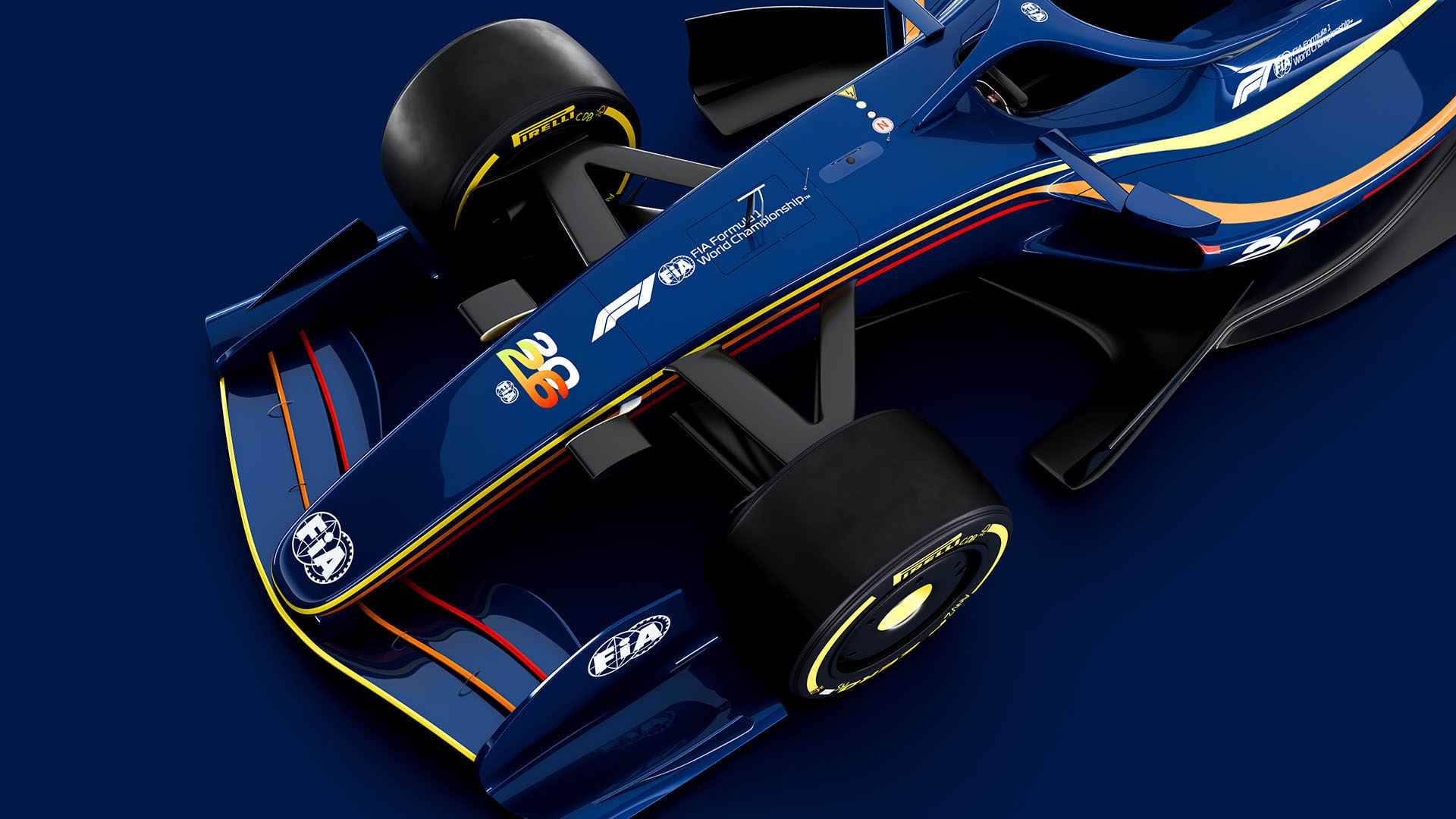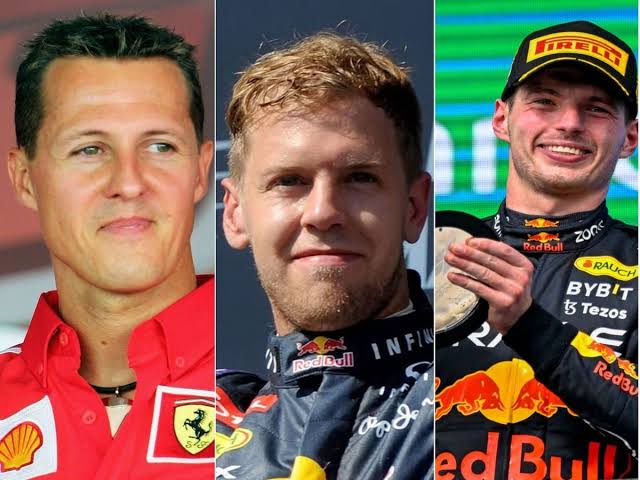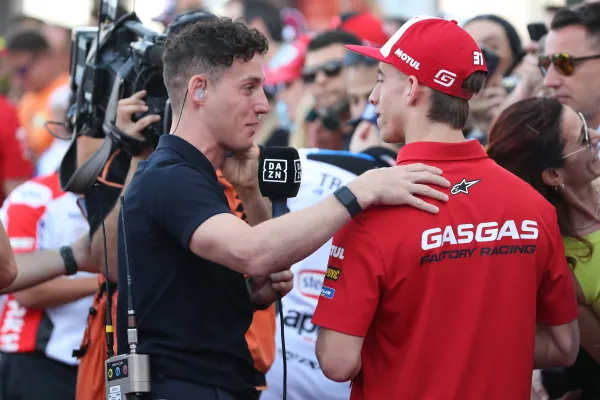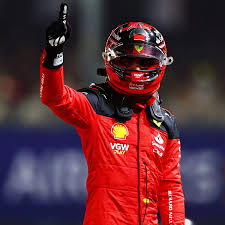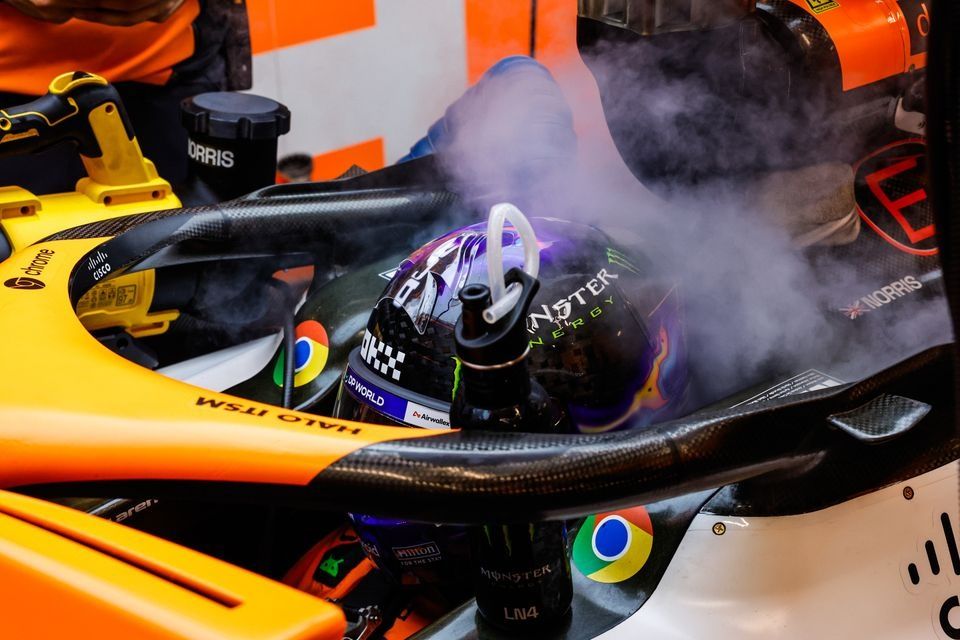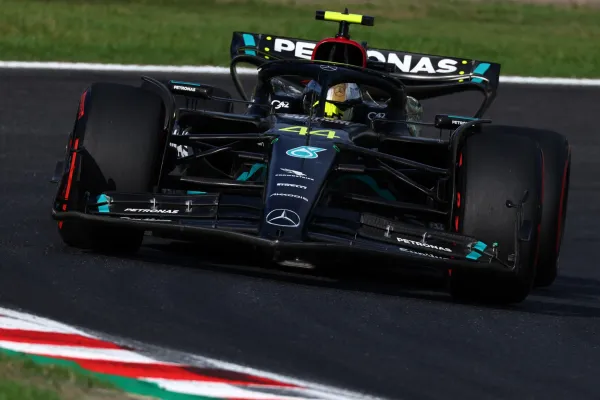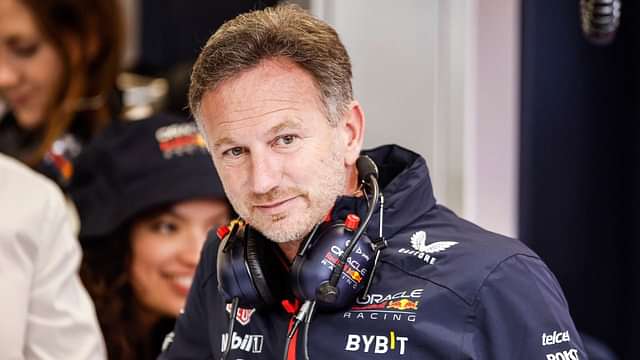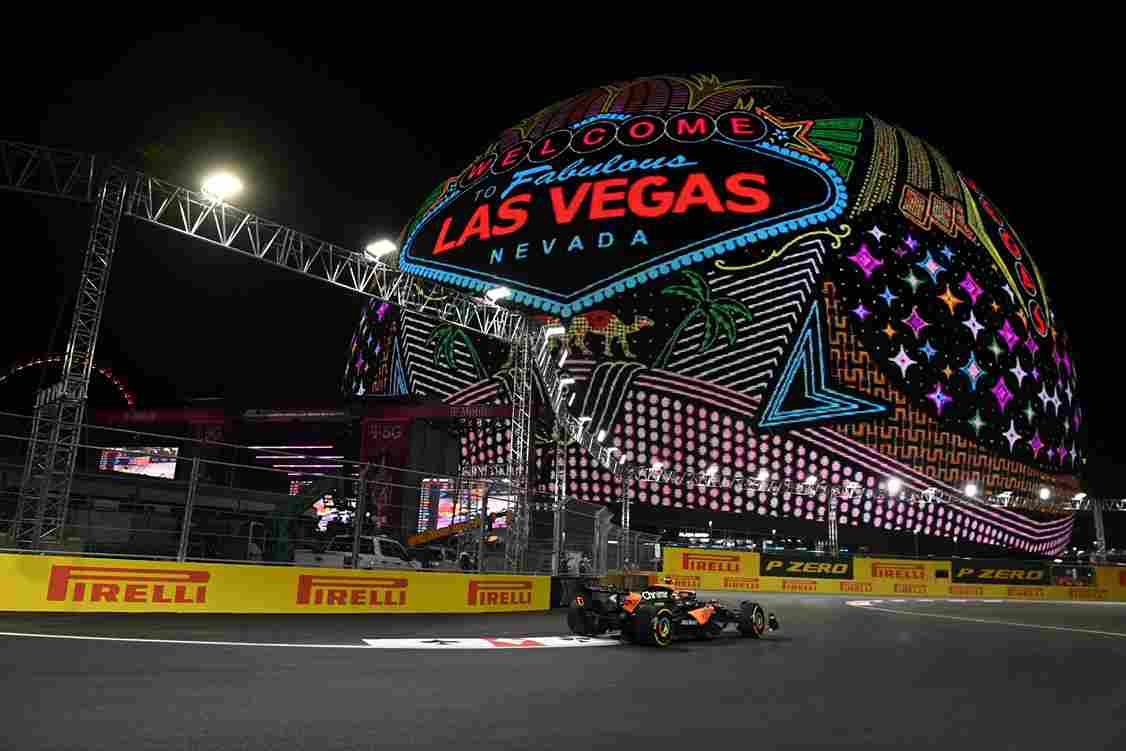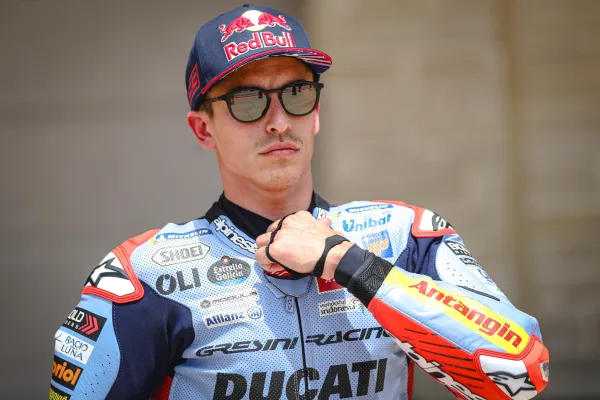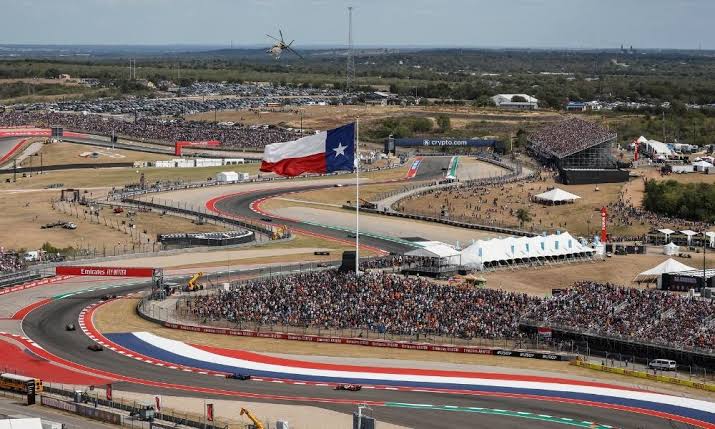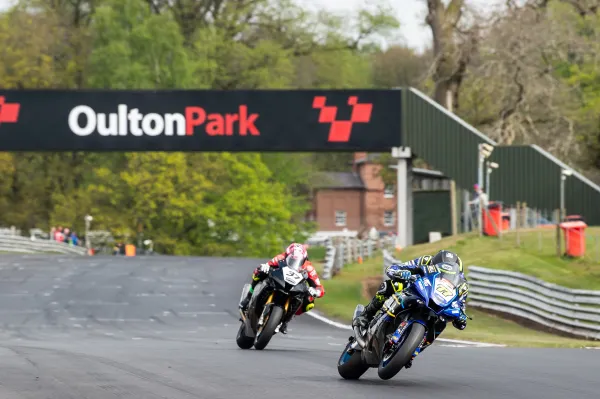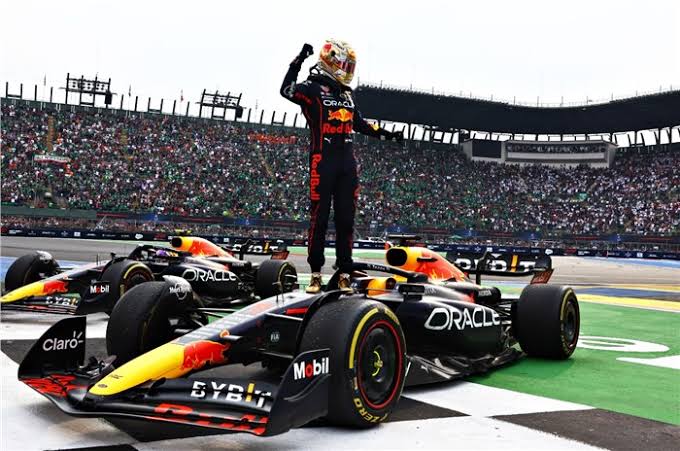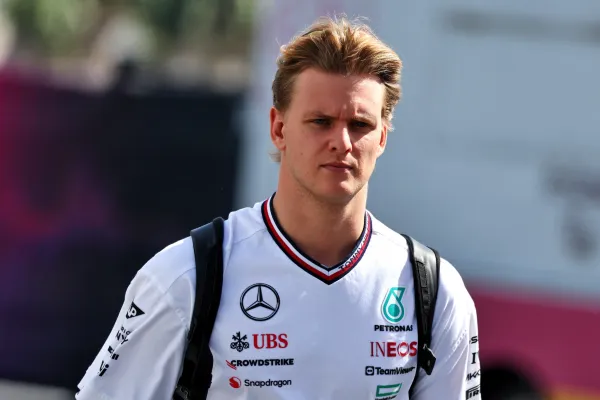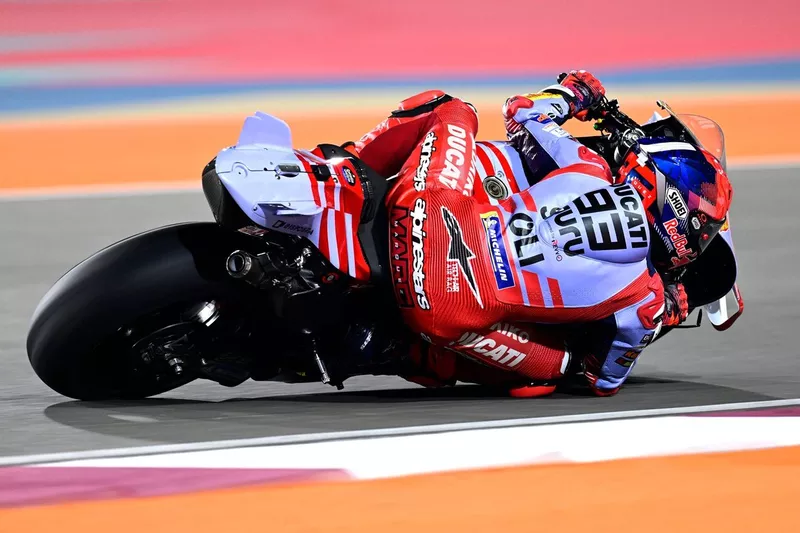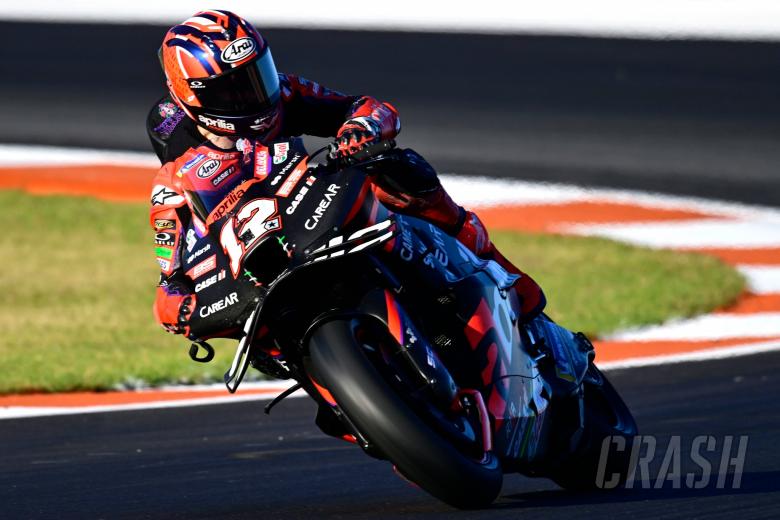Revving Up Success: Unveiling The Strategic Edge Of MotoGP Teams
MotoGP, the pinnacle of motorcycle racing, is a world where strategy and skill intertwine to create champions. Behind every podium finish lies a complex web of tactics, technological innovation, and teamwork. In this article, we delve into the strategic playbook of MotoGP teams, exploring how they maintain their competitive edge and what sets them apart from the rest.
Team Strategy: The Backbone of Success
In MotoGP, team strategy is not just about winning individual races; it’s about dominating the entire championship. Teams like Ducati have shown that a well-coordinated approach can lead to consistent success. Ducati’s strategy involves providing maximum support to both factory and satellite teams, ensuring that all riders have access to the best technology and resources. This inclusive strategy allows Ducati to gather more data, improve their bikes, and stay ahead of the competition.
Discover how Ducati’s satellite team strategy has been key to their MotoGP success by understanding the importance of data sharing and technological advancements. For instance, Ducati’s partnership with satellite teams like Pramac Racing has allowed them to develop bikes that are highly competitive across different riding styles.
Bike Setup and Development
A MotoGP bike is a marvel of engineering, with every component finely tuned to maximize performance. Teams invest heavily in developing bikes that suit their riders’ styles and the unique demands of each track. Factors like aerodynamics, suspension settings, and engine mapping are crucial in giving riders the edge they need to compete at the highest level. For instance, Yamaha’s new MotoGP chief, Paolo Pavesio, has emphasized the importance of improving bike performance to close the gap with top teams.
To explore more about how MotoGP teams optimize their bike setups for different tracks, see our article on the latest advancements in motorcycle engineering. This includes understanding how teams use wind tunnel testing and computational fluid dynamics to enhance aerodynamics and reduce drag.
Tire Management: A Crucial Element
Tire management is a critical aspect of MotoGP racing. Teams must carefully select the right tire compounds for each track and manage wear effectively to maintain optimal grip and performance throughout the race. A well-executed tire strategy can make all the difference between a podium finish and a disappointing result. Riders and teams work closely with tire manufacturers to develop strategies that suit their riding styles and the specific conditions of each race.
Learn more about the art of tire management in MotoGP and how it impacts race outcomes by examining the strategies employed by top teams. For example, understanding how Michelin tires respond to different temperatures and track surfaces is essential for making informed decisions about tire choice.
Pit Stop Efficiency
In MotoGP, pit stops are not just about changing tires; they’re about executing a flawless operation that minimizes time lost. Teams with well-drilled pit crews can gain valuable seconds, which can be the difference between winning and losing. Efficiency in the pits requires precise coordination and practice, making it a key area of focus for teams looking to improve their overall performance.
Rider Potential and Adaptability
The skill of the rider is paramount in MotoGP. Teams look for riders who can adapt quickly to different bikes and track conditions. Riders like Fabio Quartararo have shown impressive adaptability, consistently performing well across various circuits. The ability to understand and communicate effectively with the team about bike settings and race strategy is also crucial for success.
Weather and Track Conditions
MotoGP teams must be prepared for any weather conditions. Rain, in particular, can dramatically alter race dynamics, requiring teams to adjust their strategies on the fly. Understanding how different tracks respond to weather changes is vital for making informed decisions about tire choices and bike setup.
Data Analysis and Feedback
In today’s MotoGP, data analysis plays a pivotal role in improving performance. Teams use advanced technology to gather data on everything from engine performance to rider input. This data is then analyzed to refine bike settings, improve tire management, and optimize race strategy. Feedback from riders is also crucial, as it helps engineers understand how the bike is performing and where improvements can be made.
Marketing and Branding
Beyond the track, MotoGP teams also engage in a battle for brand supremacy. Effective marketing and branding strategies help teams attract sponsors, build fan loyalty, and increase their global presence. By leveraging social media and creating engaging content, teams can build a strong brand identity that resonates with fans worldwide.
Team Dynamics and Leadership
Strong leadership and positive team dynamics are essential for success in MotoGP. Leaders like Paolo Pavesio at Yamaha are tasked with bringing together diverse talents and fostering a collaborative environment that encourages innovation and improvement. When teams work well together, they can overcome challenges more effectively and achieve greater success.
Conclusion: The Winning Formula
MotoGP is a sport where strategy, technology, and teamwork come together to create champions. By understanding the complex strategies employed by top teams, fans can appreciate the depth and complexity of this thrilling sport. Whether it’s bike development, tire management, or effective leadership, every aspect plays a crucial role in achieving success.
In the fast-paced world of MotoGP, staying ahead of the competition requires constant innovation and adaptation. As teams continue to push the boundaries of what is possible, fans are treated to a spectacle that is both exhilarating and inspiring.
Stay tuned for more insights into the world of MotoGP by following our latest articles and updates on the strategies that drive success in this captivating sport.
